
As artificial intelligence (AI) accelerates into every corner of technology, its demand for raw resources is reshaping the world behind the scenes. It’s not just about smarter software; it’s an era defined by a scramble for data, specialized chips, electrical power, and a surprisingly critical resource—water.
At the heart of the AI surge is the insatiable need for massive datasets and high-performance chips. Training advanced models like large language models or image generators doesn’t just require clever algorithms—it needs access to oceans of information and cutting-edge semiconductors built specifically for AI workloads. These are not your ordinary computer chips; AI chips can consume up to 100 times more power than traditional servers, driving a monumental shift in data center design and energy use.

With AI’s skyrocketing adoption, the energy footprint of data centers has become a major issue. In 2023, AI’s global power consumption was estimated at 4.5 gigawatts, accounting for about 8% of the total energy used by data centers that year. This substantial footprint is set to grow, with projections suggesting that by 2028, AI could require between 14 and 18.7 gigawatts of power, which would make up as much as 20% of total data center consumption globally.
The surge is fueled by the widespread adoption of power-intensive generative AI applications, such as large language models (LLMs), and the construction of new infrastructure to support them. This growing demand presents significant challenges for the energy sector, as well as for policymakers and tech companies, who must balance innovation with the need to manage and mitigate the environmental and grid impacts associated with AI’s rapid expansion.
Industry leaders are exploring liquid cooling and ultra-efficient chips to keep this growth in check, but the challenge is far from solved. Even with such innovations, the basic reality is that AI workloads demand orders of magnitude more energy than their traditional predecessors.
What often goes unnoticed is how AI data centers consume water—especially in regions already suffering water stress. An average 100-megawatt data center can use around 2 million liters of water per day, equivalent to thousands of households’ needs. Most of this water is lost through evaporative cooling, a critical process for keeping power-hungry hardware from overheating. As a result, global water consumption by data centers could climb from 560 billion liters annually to over 1,200 billion liters by 2030.
The transparency around this water footprint remains elusive, with many companies and operators reluctant to share fine-grained usage data. Nevertheless, the impact is real and growing, impacting local communities and raising larger sustainability questions.
There’s a mounting concern not just about energy and water, but also supply chain strains, especially for AI-specific chips. Forecasts show that, to satisfy projected growth, the U.S. would need more than 90% of the world’s new AI chip supply from 2025 onward—a level of dominance that seems unlikely to materialize without significant changes in production or policy.
Faced with these challenges, tech giants and researchers are pushing for smarter, more sustainable innovations:
Optimizing electricity usage through AI-powered sensors and advanced algorithms.
Adopting liquid cooling to reduce overall water and energy demands.
Accelerating development of energy-efficient AI hardware.
Seeking alternative energy sources to offset environmental impact.
The future will depend on how quickly the industry can pivot to more resource-aware designs—balancing the amazing potential of AI with its very real costs. As the world gets smarter, the physical and environmental realities behind the curtain become impossible to ignore.
AI might be digital, but its story is as much about the material world as it is about algorithms and code. The next wave of progress will require not just better models—but an all-new blueprint for the infrastructure powering the intelligent future.

Editorial Team
futureTEKnow is a leading source for Technology, Startups, and Business News, spotlighting the most innovative companies and breakthrough trends in emerging tech sectors like Artificial Intelligence (AI), Robotics, and the Space Industry.
Discover the companies and startups shaping tomorrow — explore the future of technology today.

Generative Bionics, an Italian spin-out from IIT, is building Physical AI–powered humanoid robots to tackle labor gaps and modernize industrial
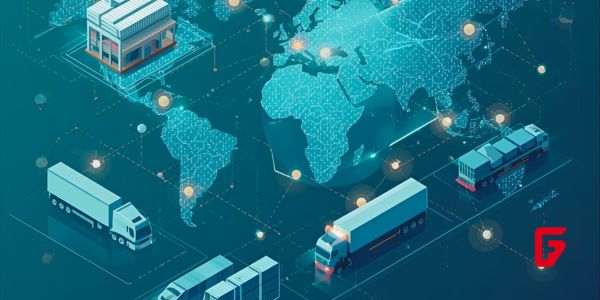
This article explores 10 AI-driven supply chain optimization companies to watch in 2026, highlighting how their platforms improve forecasting, logistics,

AWS frontier agents introduce a new era of autonomous AI coders that can build, secure, and run applications for days
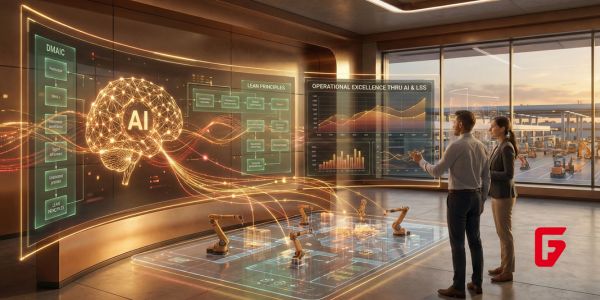
Explore the cutting-edge ways AI is enhancing Lean Six Sigma, from real-time process insights to predictive controls, ushering in a
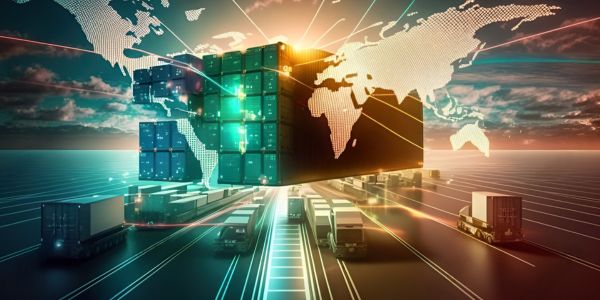
Facing supply chain challenges in 2025? High-performing teams leverage AI for risk management, demand forecasting, supplier analytics, and end-to-end visibility
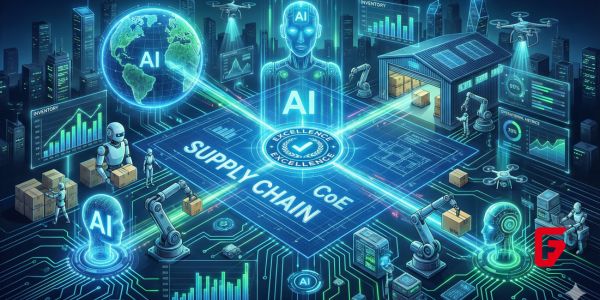
Craft an AI-powered supply chain Center of Excellence that unifies control tower visibility, analytics, and inventory optimization into one strategic
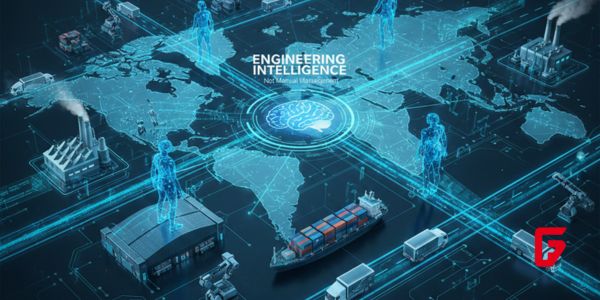
Supply chain leadership is being redefined by AI, intelligent automation, and agentic decision-making, demanding leaders who can engineer end-to-end intelligence

WisdomAI has closed a $50M Series A led by Kleiner Perkins and Nvidia’s NVentures to turn fragmented enterprise data into

Dutch agri-tech startup Saia Agrobotics has raised €10M to expand its greenhouse automation system using AI-powered robots that make farming

Bridgit Mendler’s Northwood Space is pioneering mass-produced ground stations, enabling scalable, high-speed connectivity for the new era of satellite networks
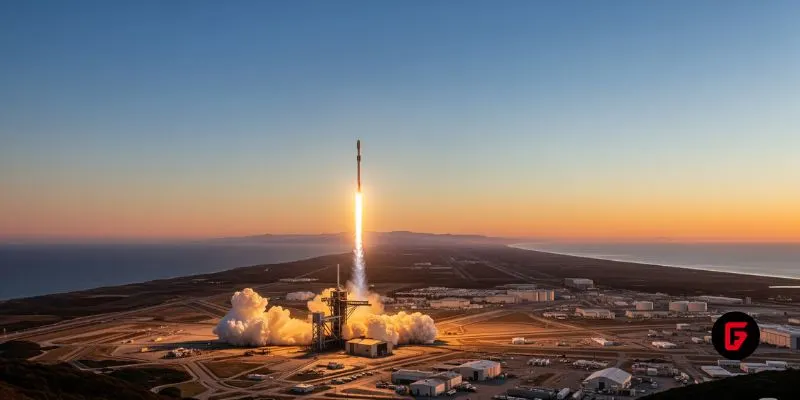
SpaceX aims to nearly double launches from Vandenberg in 2025, facing support from federal agencies but strong objections from the
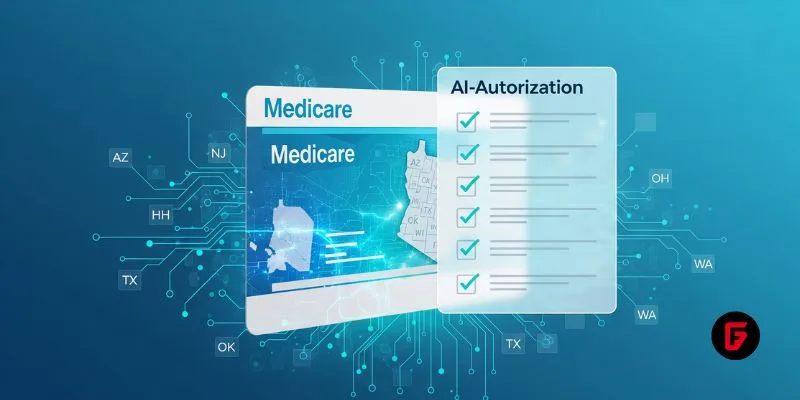
Traditional Medicare will pilot AI-assisted prior authorization in 2026 across six states, focusing on high-risk outpatient services. Clinicians retain final